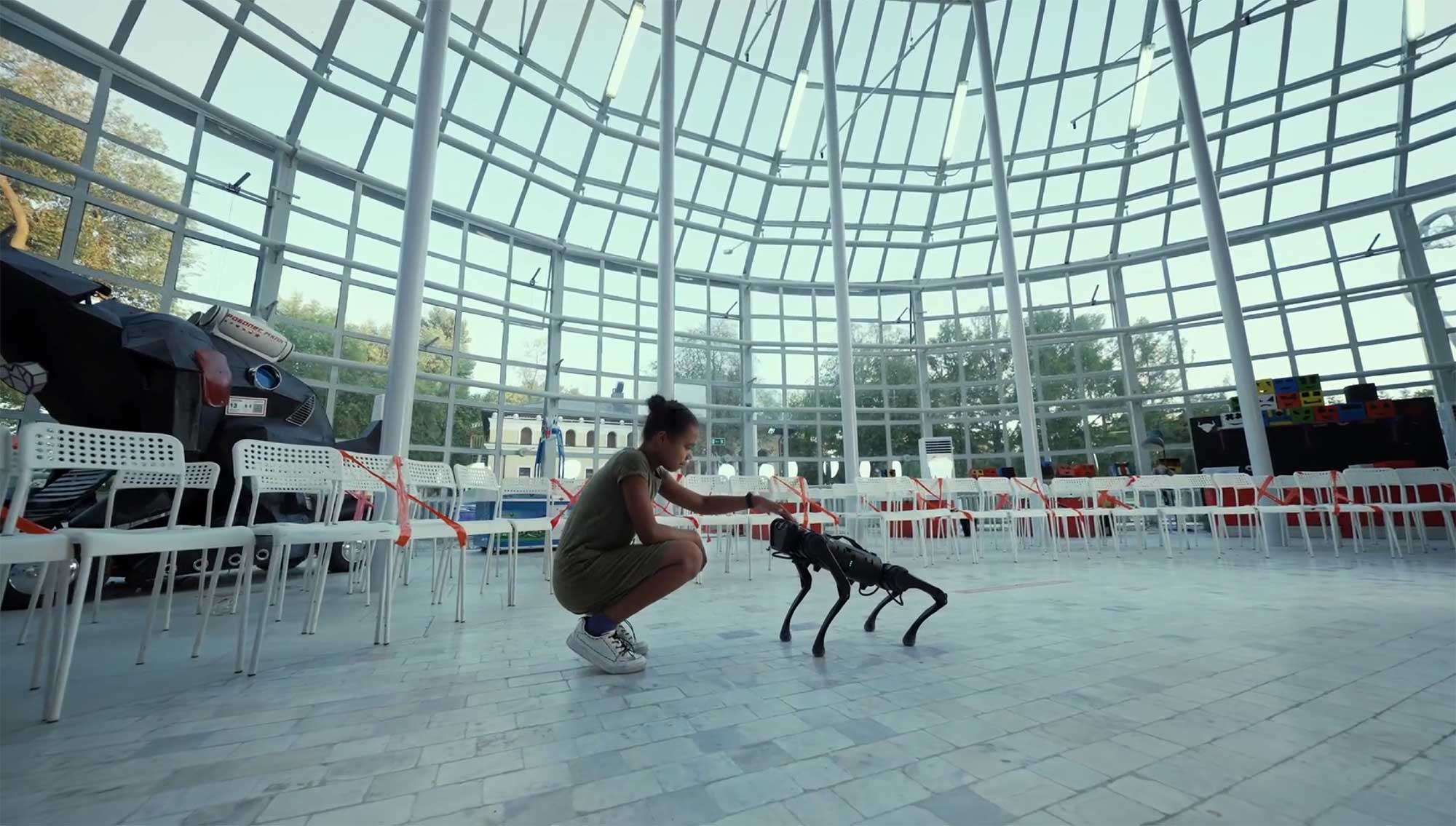Innovation
Escaping the ML Rabbit Hole: How to Structure AI Projects for Real-World Impact
Machine learning is full of promise. But, without the right foundations, it can also be a never-ending spiral of tweaks and disappointments.
If you've ever spent days training a model only to see a negligible performance bump, you’ve likely fallen into what we call the rabbit hole.
Let’s talk about how we apply a set of good practices with our clients to avoid it and continuously deliver the most value.
Rule 1. Build on Solid Ground
A well-structured machine learning project starts with data. Specifically: a clean, representative test set. This dataset is sacred. Once it’s defined, it shouldn’t be touched. It becomes your benchmark for evaluating progress.
Why? Because "garbage in, garbage out" is not just a saying—it’s the hard truth. No algorithm can outperform a messy or biased dataset.
Don't be complacent. Your test set should reflect reality, no matter how harsh.
Investing time upfront to get this right saves countless hours later. But mostly, it prevents setting unrealistic stakeholder expectations. Be mindful of sharing results before having a solid test set to rely on
Rule 2. Metrics That Actually Matter
Accuracy is not always the right answer. Your success metrics should reflect your business reality. Make sure your metrics are relevant to you as a developer, but also to your stakeholders.
Rule 3. Reproducibility and Robustness
If your results can't be reproduced, they don’t count. Simple as that. That means versioning everything: data, code, environments. Use tools like Git, DVC, and environment files. Eliminate randomness. And apply cross-validation to get a more stable measure of how your model will perform on unseen data.
Without this discipline, you’ll never know if you’re improving or just getting lucky.
Rule 4. Modular Code, Tested Early
Break your work into chunks. Test each piece. Open pull requests. Make your experiments readable, reviewable, and reusable. Start quick-and-dirty if needed—but organize as soon as you see potential.
We like to use Hydra to configure our pipeline with different modules.
Testing isn’t optional. Test-Driven Development (TDD) isn’t just for software engineering—it saves you from discovering bugs after a full week of model training.
Rule 5. Plan Your Work. Stick to It.
Document everything. Set clear hypotheses before each experiment. Define success and timebox your efforts. Once your test set and evaluation metrics are locked in, don’t move the goalposts. If the results aren’t great, that’s okay—it’s part of the process. But changing the rules mid-game? That’s the rabbit hole calling.
A failed experiment is one that is undocumented. Even poor model metrics offer crucial lessons.
Pro tip: outline your report before you even start running your experiments. Goal, hypothesis, results. You simply have to fill the blanks in as you go.
Rule 6. Communicate Often
Don’t wait for a breakthrough to share progress. Talk to your stakeholders regularly. They know the business. You know the tech. Combining both perspectives keeps your work relevant—and helps everyone understand the value you're building.
The Real Win: Operationalizing Your AI
Delivering one good model is nice. Delivering a system that’s reproducible, trackable, and easy to maintain? That’s impact. That’s MLOps.
We help clients move beyond one-off wins and build scalable, modular, documented pipelines. We turn machine learning into something your business can rely on—not just experiment with.
And as part of the process, we communicate a lot. To share knowledge, and build trust with our clients through transparency.
Oh, and one last thing: as a developer, remember that your model’s performance score is not your performance score.
Progress is about clarity, alignment, and delivering value—together.
Ready to take your AI initiatives further—without falling down the rabbit hole? Let’s talk about how we can bring your vision to life.


Did this article start to give you some ideas? We’d love to work with you! Get in touch and let’s discover what we can do together.



-min.jpg)





-min.jpg)



